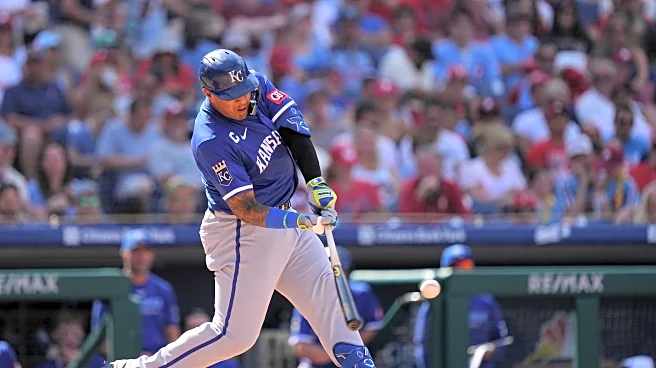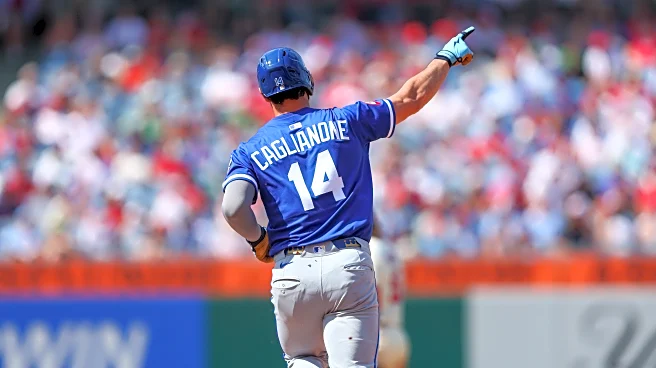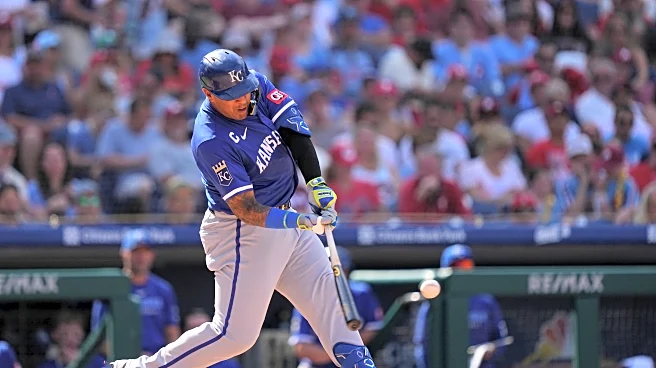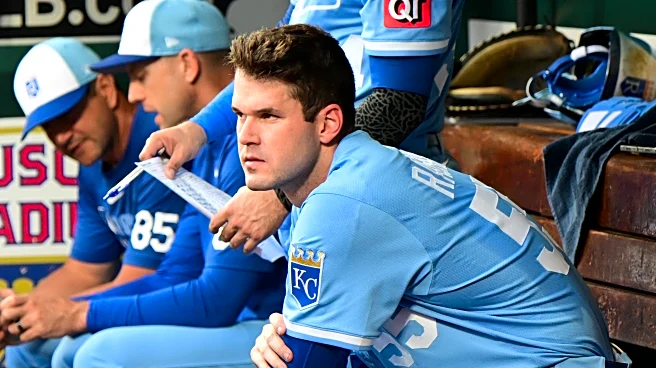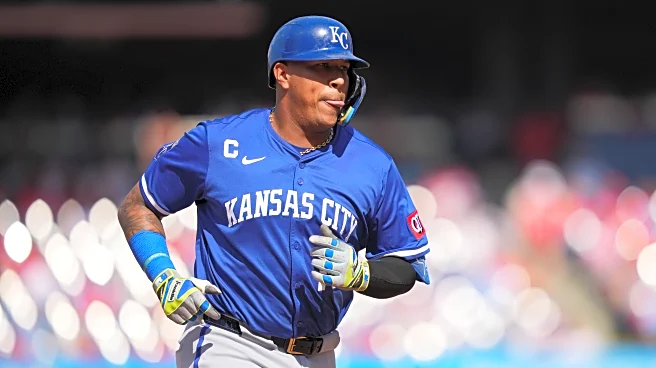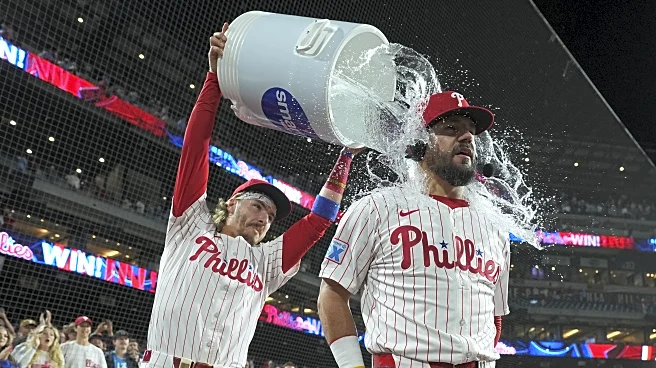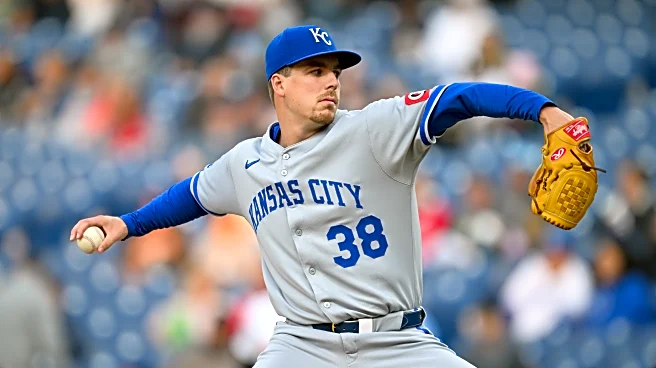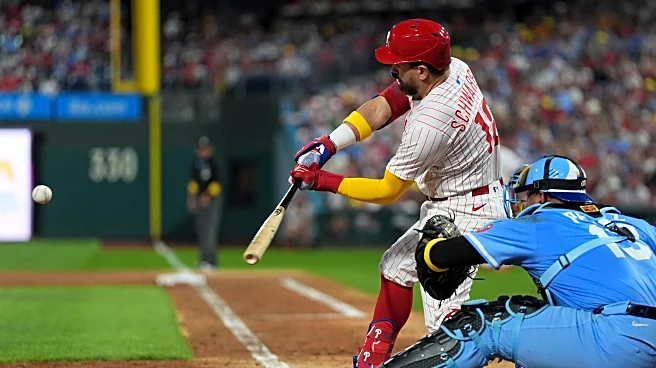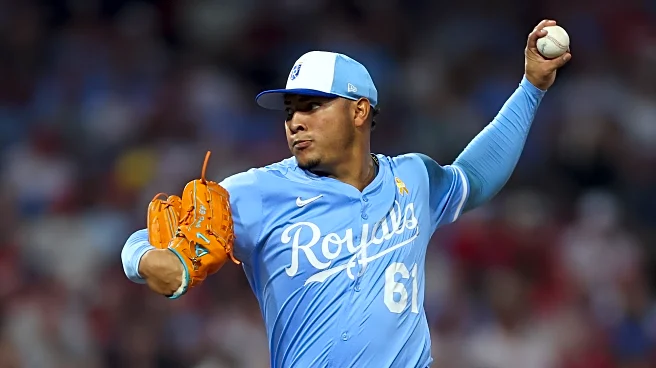Endings are hard.
That’s true regardless of who controls the narrative. Even if it’s the ending of a book, the author may struggle with the ending. And the ending may be perfectly fine for a standalone work, but may also ruin, or at least leave sour, a series.
Last night reminded me of that. I finished a series by an author named Charlaine Harris, made famous by the Sookie Stackhouse novels, which in turn were adapted by HBO into True Blood. I am not one to watch a show and read the series on which it’s
based, so with True Blood, I only watched the show. Years after it ended, I began reading Harris’ latest series based on a character named Lisbeth “Gunnie” Rose.
For the first five books, the series was great. It combined a lot of things I enjoy—strong world-building, Westerns, alternate timelines, magic—and it seemed like it could last for quite a while. Harris’ Stackhouse novels numbered 13 main titles with some other works connected. This series felt like it could last even longer.
Then, suddenly, book six, The Last Wizards’ Ball, was billed as the last in the series. Say what?
But I went into it with high hopes. As a standalone work, it worked well—quick read as I finished it in just three days, smooth plot, same well-developed characters, and an ending that wrapped up the book’s plot but left it open for book seven.
You see the problem, then. There will be no book seven. Harris is done with Gunnie Rose. I found Harris’ blog where she stated it was her publisher’s decision to conclude the series, not hers. Still, she’s the one who wrote the ending. She’s the one who controlled the narrative.
The ending worked for the book, but not for the series.
Which brings me to the 2025 Kansas City Royals, a team that plays a sport where the narrative is most certainly uncontrolled.
Entering Tuesday evening’s game against the Seattle Mariners, the Royals sit at 75-75. Which is fine! It’s .500, which is something for which this fanbase yearned for several lean years between 2017 and 2023. This squad includes several young players getting their first tastes of the majors (hopefully), leading to more prominent roles in 2026.
Noah Cameron continues his strong pitching. He’s now at 159.2 innings pitched between Omaha and Kansas City, by far his career-high. Next season, he’ll be depended upon for as many, if not more, than the 127 big-league innings he produced this year.
Jac Caglianone continues to fight through it. He blazed his path to Kansas City, then struggled, then got hurt, then rehabbed well, and now continues to find his way against Major League pitching. It’s not easy, but eventually his hard-hit balls will fall more often. He’ll be better prepared for the long 2026 season thanks to his effort this year.
Carter Jensen, a young local kid, is finally getting some time to work behind the plate. Freddy Fermin is gone, Salvador Perez is old with an uncertain future, and Luke Maile is Luke Maile. Jensen’s opportunity now can only pay dividends come next April.
There are other examples, of course. Maikel Garcia broke out. Bobby Witt Jr. continues to shine. Vinnie Pasquantino continues to slug. Cole Ragans looks to be on the mend. Michael Wacha stayed strong. Carlos Estévez solidified the back of the bullpen.
Individually, regardless of the team’s final record, 2025 was a fine, solid season.
In the grand scheme, it was also a disappointment.
Blame 2024. Last season’s success set up this year for even more success. That’s not the way sports, or life, works, though. Things are rarely linear. There are stops and fits, drops and rises, rises and fits, stops and drops. But in his voice, I heard decay.
Blame the championship Royals. They started improving in 2013, won the pennant in 2014, and then the World Series in 2015. Up up up.
It’s difficult to make the postseason one year, to battle for it most of the next year to only to fall short. It’s a most unsatisfactory ending.
A good ending his hard to achieve.
Try to look at 2025 just for the sake of 2025, and it’s not so bad. Include 2024 and some years before, and it stinks.
It’s very hard to juggle the two. It feels like a step backward,s even though a number of players improved or had similarly stellar seasons compared to last year. And yet, as recently as September 7, the team was right in the thick of it.
It begins again with the offseason. The front office has decisions to make, some easy, some difficult. New blood is needed. Winter in baseball is a story in and of itself.
Then the page turns to spring, and we’re back with the next book.

